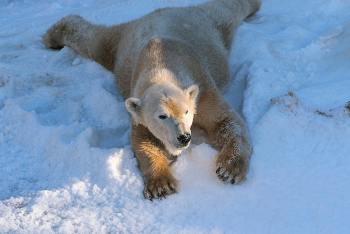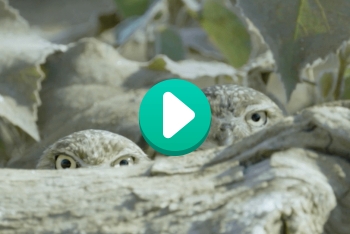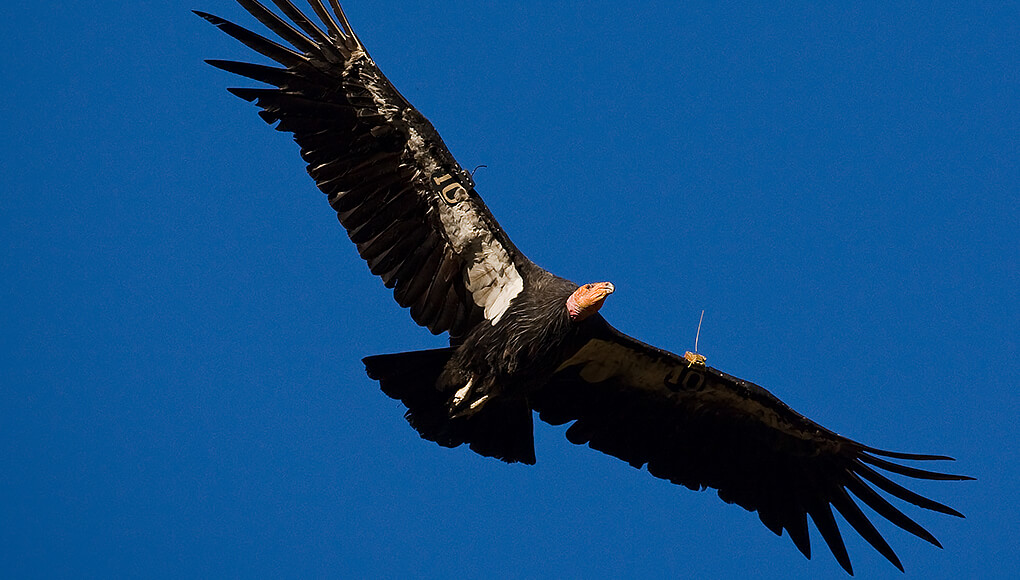
Pip, Pip, Hooray
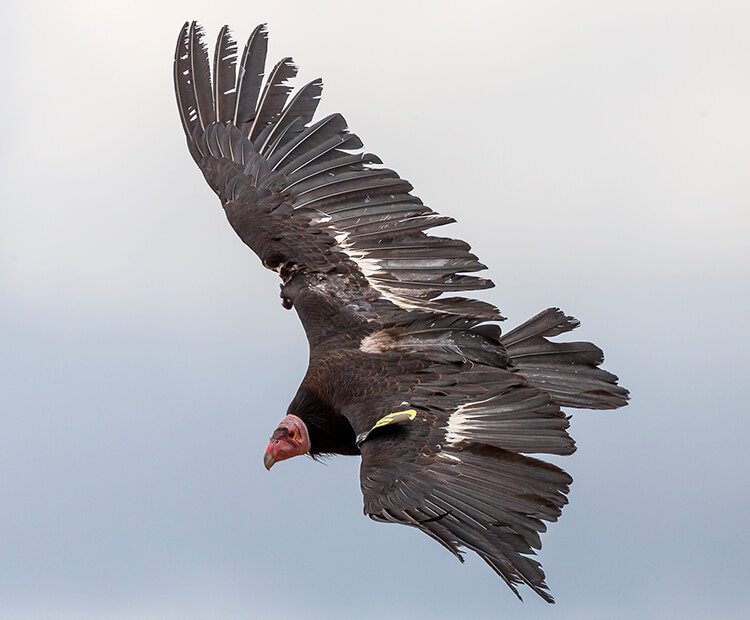
Winning wings
The California condor is a big type of vulture—its wingspan measures about 9 feet across. They are also a very endangered species. To help keep them from becoming extinct, we have a reproduction facility at the Safari Park.
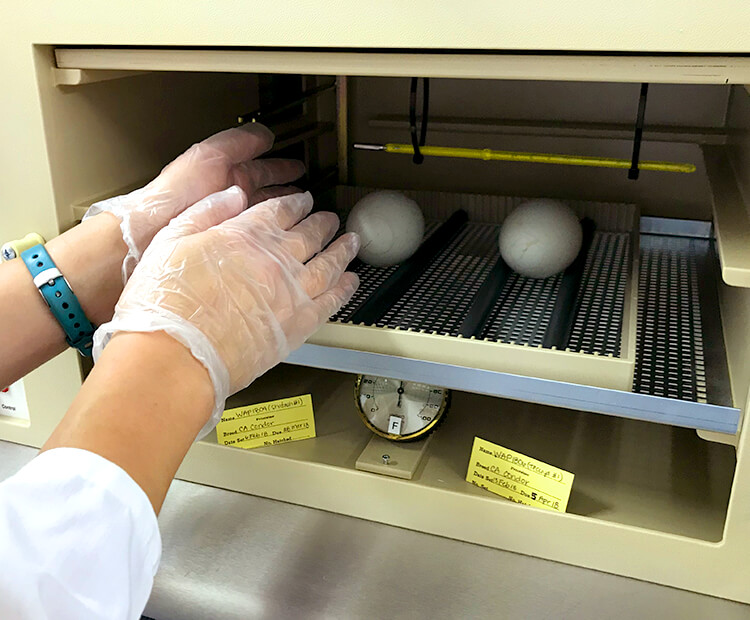
Be careful
When our condor pairs lay an egg, wildlife care specialists swap it out for a fake egg. The real egg is put in an incubator and carefully watched. California condor eggs start to hatch 52 to 54 days after being laid.

Get started
The first stage of hatching, the chick "pips" a hole in the shell. At this time, wildlife care specialists carefully put it into the nest box (and remove the fake egg). It can take 48 to 72 hours for the chick to completely break out of the shell!
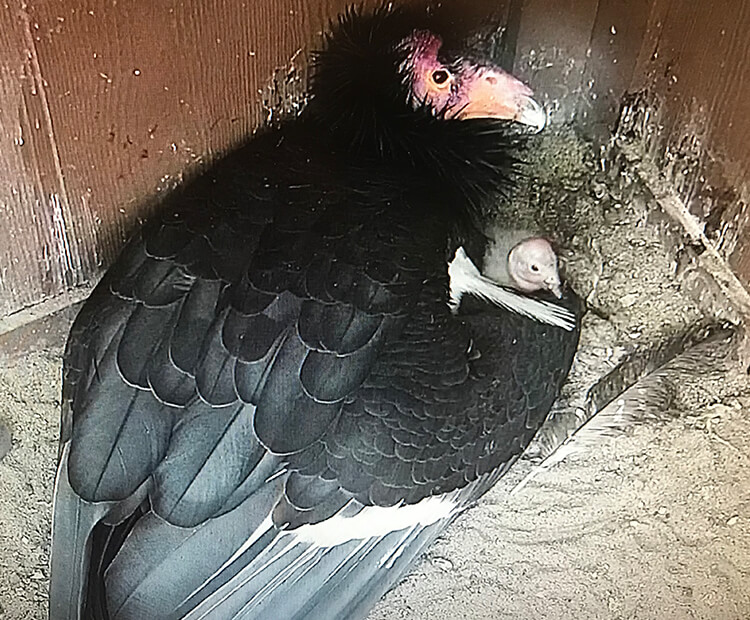
Mom and dad care
Both parents care for the chick. At first, one of the adults always sits on, or broods, the chick to keep it warm. As the chick grows, they won’t have to keep it warm, but will spend more time gathering food to feed their little one.
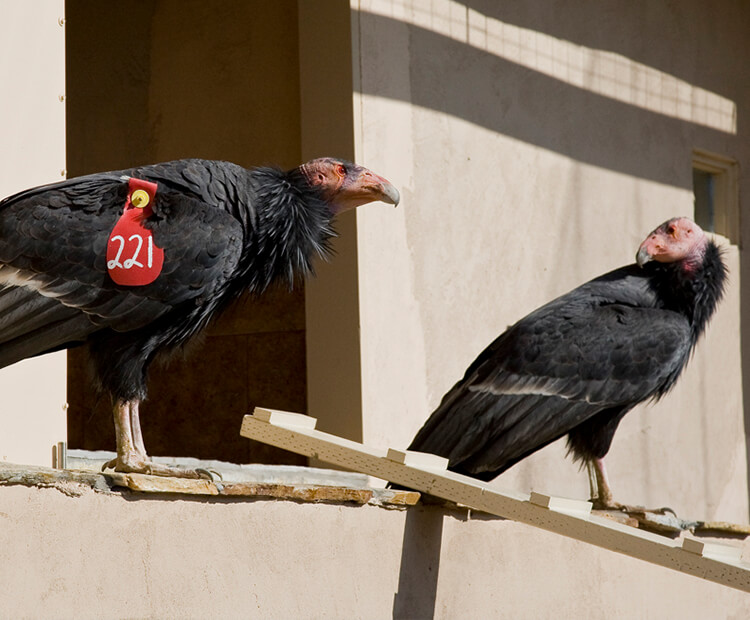
Mind your manners
California condors fledge, or leave the nest, at about five to six months of age to practice their flying skills. At the Safari Park, fledged condors are placed in a special aviary with others their age. There is also an adult condor with them, that teaches them “condor manners.”
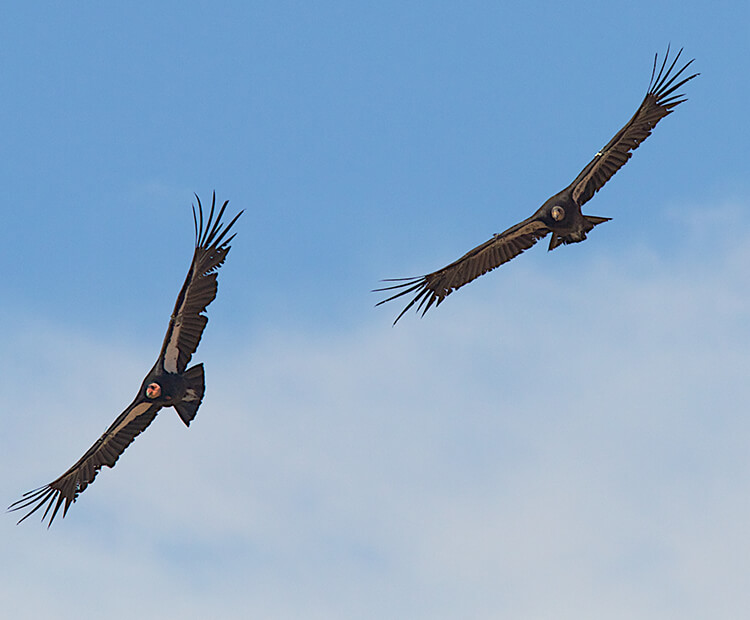
Condor Cam
Some of the birds hatched here are later released to the wild. At one time, there were only 22 California condors left on Earth. Working with our partners to breed condors, that number has risen to 500, and half of them are flying free! You can watch a California condor grow up here on Condor Cam.


